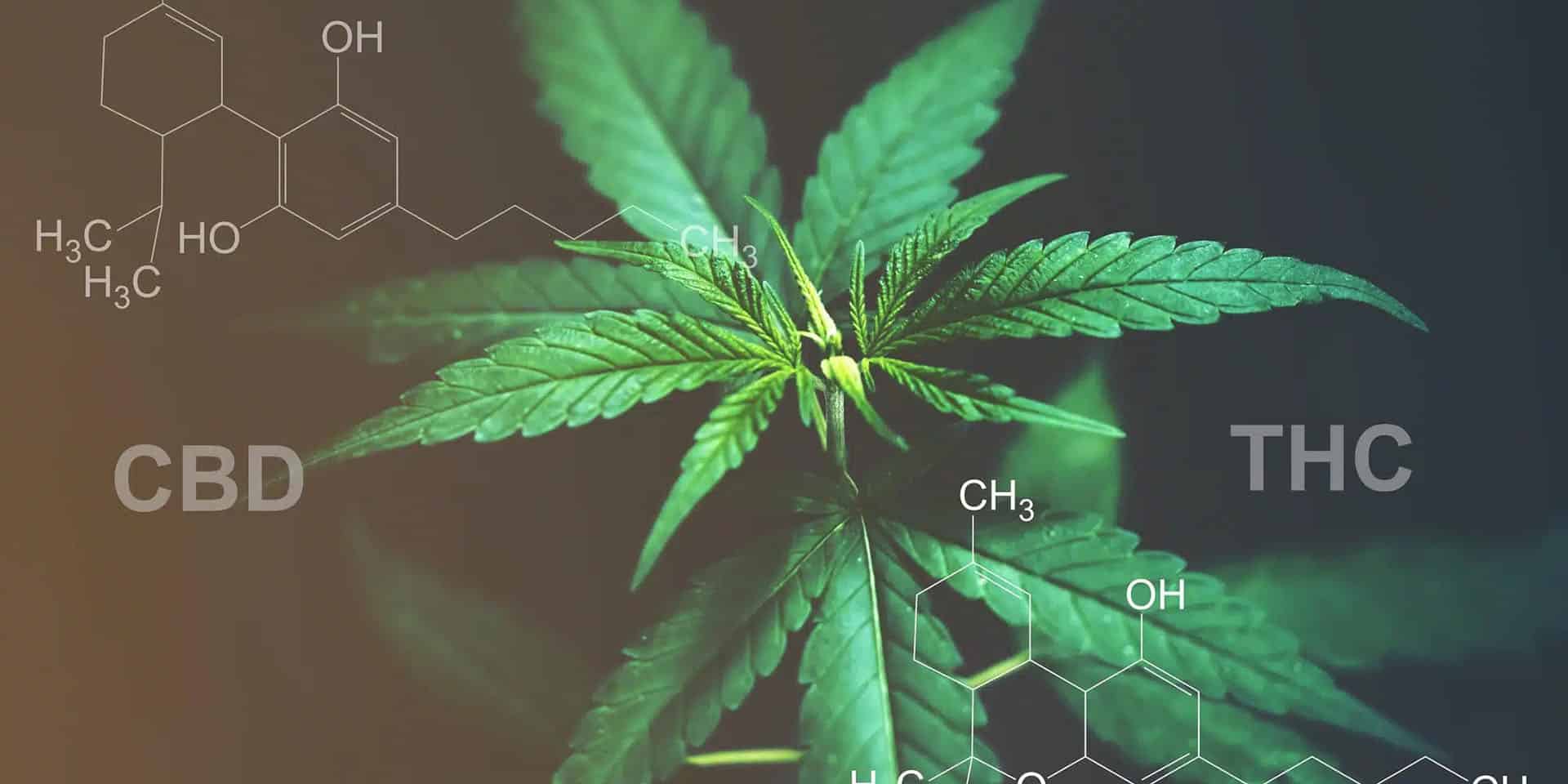In this post, we’ll explore the two primary cannabinoids found in marijuana – THC (tetrahydrocannabinol) and CBD (cannabidiol). Understanding the differences between these compounds can help you make informed choices about your cannabis experience.
THC (Tetrahydrocannabinol):
THC is the psychoactive component in marijuana responsible for the “high” that many associate with cannabis use. Here are some key points to consider:
Effects of THC:
- Euphoria and relaxation: THC interacts with the brain’s receptors, leading to a sense of euphoria and relaxation.
- Altered perception: THC may enhance sensory experiences, making food taste better or music sound more enjoyable.
- Increased appetite: Commonly known as the “munchies,” THC can stimulate appetite.
Potential Benefits of THC:
- Pain relief: THC has analgesic properties that may help alleviate chronic pain.
- Insomnia: Some individuals find THC helpful for improving sleep quality.
- Mood enhancement: THC can positively impact mood and reduce stress.
Conditions THC Can Help Treat:
Here’s a list of the most common medical conditions THC may contribute to manage:
- Chronic Pain: THC’s analgesic properties make it beneficial for managing chronic pain conditions such as arthritis, migraines, and neuropathy.
- Muscle Spasms: Individuals with conditions like multiple sclerosis (MS) may find relief from muscle spasms and stiffness through the muscle relaxant effects of THC.
- Nausea and Vomiting: THC has been used to alleviate nausea and vomiting associated with chemotherapy treatments for cancer patients.
- Appetite Stimulation: For individuals dealing with appetite loss due to medical treatments or conditions, THC’s ability to stimulate appetite can be beneficial.
- Insomnia: THC’s relaxing effects may aid in improving sleep quality, making it a potential option for those struggling with insomnia.
THC Tips for Use:
- Start low and go slow: Begin with a small dose and gradually increase to find your optimal level.
- Choose strains wisely: Different marijuana strains contain varying levels of THC, so explore strains that align with your desired effects.
- Consider consumption methods: Smoking, vaping, edibles, and tinctures offer different onset times and durations.
CBD (Cannabidiol):
CBD is a non-psychoactive cannabinoid that has gained popularity for its potential therapeutic benefits:
Effects:
- Relaxation without intoxication: CBD doesn’t produce a “high” but promotes relaxation and stress relief.
- Anti-anxiety properties: CBD may help reduce anxiety and improve mood.
- Anti-inflammatory: CBD has anti-inflammatory properties that can aid in managing pain.
Potential Benefits:
- Pain management: CBD is recognized for its analgesic effects, offering relief from various types of pain.
- Anxiety and depression: CBD may help alleviate symptoms of anxiety and depression.
- Neuroprotective properties: Some studies suggest that CBD could have neuroprotective effects, potentially benefiting those with neurological disorders.
Conditions CBD Can Help Treat:
Here’s a list of the most common medical conditions CBD may contribute to manage:
- Anxiety and Depression: CBD’s anti-anxiety properties make it a potential option for managing symptoms of anxiety disorders and depression.
- Epilepsy and Seizures: CBD has gained FDA approval for treating certain forms of epilepsy, specifically Dravet syndrome and Lennox-Gastaut syndrome.
- Neuropathic Pain: Individuals with conditions like diabetic neuropathy or sciatica may find relief from neuropathic pain through the anti-inflammatory properties of CBD.
- Inflammatory Bowel Diseases (IBD): CBD’s anti-inflammatory effects may provide relief for individuals with conditions like Crohn’s disease or ulcerative colitis.
- Post-Traumatic Stress Disorder (PTSD): CBD’s calming effects may be beneficial for individuals dealing with PTSD by reducing symptoms such as anxiety and intrusive thoughts.
- Migraines: Some individuals have reported a reduction in the frequency and intensity of migraines when using CBD for its pain-relieving and anti-inflammatory properties.
Tips for Use:
- Consistency is key: To experience the full benefits, incorporate CBD into your routine consistently.
- Consider full-spectrum products: Full-spectrum CBD products contain a range of cannabinoids and terpenes, enhancing the entourage effect.
- Consult with a healthcare professional: If you have existing health conditions or are on medication, seek advice from a healthcare professional before incorporating CBD.
Conclusion:
In summary, understanding the differences between THC and CBD is crucial for tailoring your cannabis experience to your needs. Whether you’re seeking relaxation, pain relief, or mood enhancement, both cannabinoids offer unique benefits. Start with small doses, explore different strains, and, most importantly, consult with professionals to ensure a safe and enjoyable journey into the world of cannabis. Remember, everyone’s response to cannabis is unique, so listen to your body and find what works best for you. Also, while THC and CBD are effective when taken individually, many people have even greater success when THC and CBD are combined.

